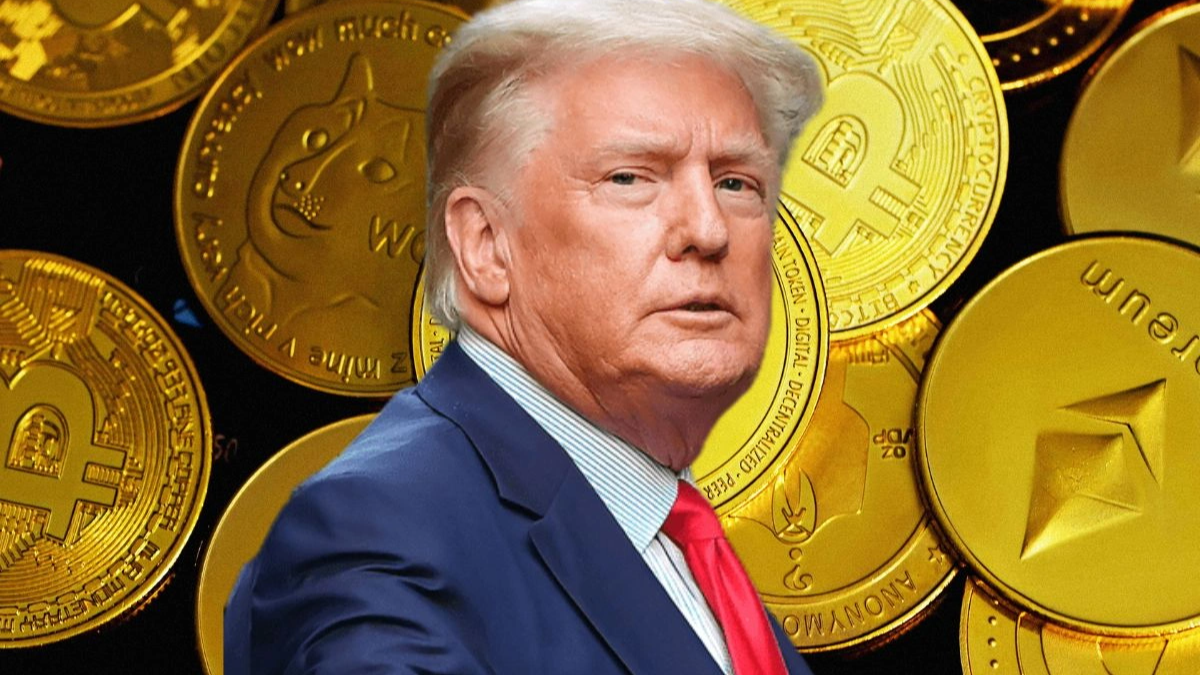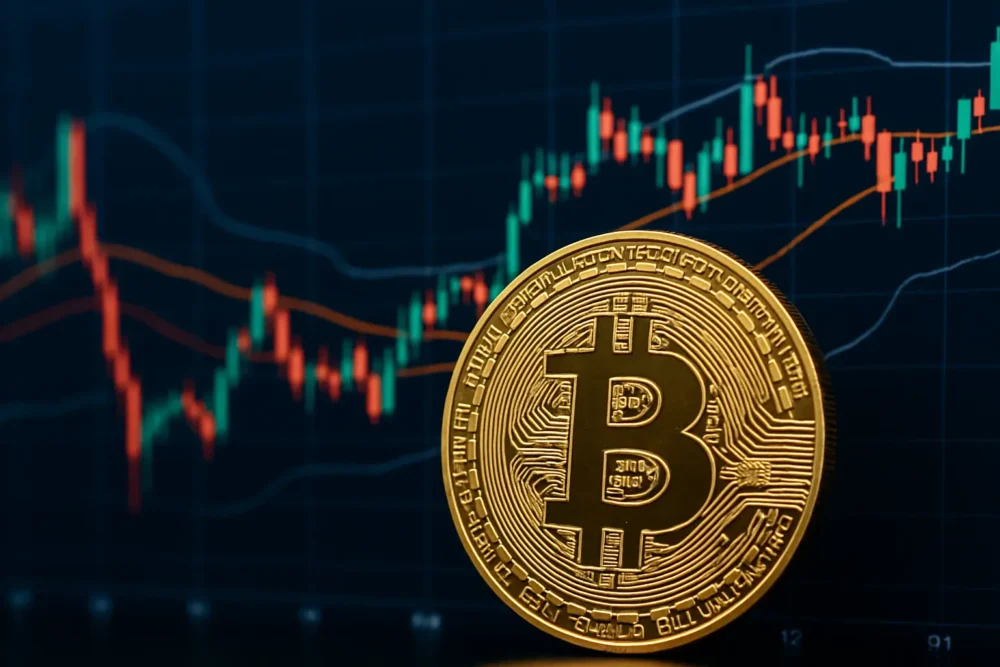British banking giant Standard Chartered has maintained its bullishness on Ethereum blockchain’s native cryptocurrency as it predicted Ether ($ETH) to reach $8,000 by the end of 2026. At the time of press, the altcoin’s price stood around $1,500.
The head of forex and crypto research at the bank, Geoffrey Kendrick, revealed the same in a Wednesday report. He said: “We think Ethereum’s established dominance in smart contract platforms, along with emerging uses in gaming and tokenisation, has the potential to push ETH to the $8,000 level by end-2026 (a 5x multiple from the current price of $1,600).”
Back in 2021, the bank had disclosed optimistic stance on Ether compared to Bitcoin ($BTC), calling the former to be more like a “financial market” in which transactions like lending, insurance, and exchanges can operate. Since $BTC is more like a “currency”, the broader use cases for Ethereum is expected to take its total market capitalisation close to that of Bitcoin over time.
The bank then valued Ether in the price range of $26,000-$35,000. In the latest report, it expected the $8,000 mark to be an initial step on the road towards the bank’s previously stated “long-term structural valuation” of the said range.
Standard Chartered also valued Bitcoin in the price range of $50,000-$175,000 over a longer term in the same report. However, it mentioned that for Ether to enter its projected range, Bitcoin would need to first trade at $175,000.
According to Kendrick, while the long-term valuation assumes Ethereum’s future use cases and revenue streams that may not have emerged yet, the real-world use cases of gaming and tokenisation should support their development.
As the crypto industry looks forward to the network’s EIP-4844 upgrade, also known as proto-danksharding, Ethereum Layer-2 scaling networks are expected to grow on the back of a substantial increase in network’s activity. This would be facilitated by the upgrade that would also help lower transaction fees on these platforms.
That, in turn, should “help to cement Ethereum’s dominance in the smart contract space, thereby increasing its P/E ratio (if not its earnings) over the next couple of years”, added Kendrick.
Proto-danksharding is a preliminary step towards the full implementation of danksharding. Instead of splitting the Ethereum blockchain into multiple shard chains, danksharding introduces data-containing blobs which are like temporary data packets attached to blocks that can hold more data than the blocks themselves.
In doing this, the Ethereum block size would not be altered but it would rather create additional temporary data space for layer-2 rollups. This would potentially increase network throughput and reduce transaction fees, significantly benefitting layer-2 networks like Arbitrum and Optimism.
On top of this, the Bitcoin halving event which is scheduled to happen around April 2024 should also help all digital assets, particularly the second-largest cryptocurrency, according to Kendrick. “Subsequently, potential regulation and spot ETFs in the US should benefit $ETH as much as $BTC; we pencil this in for late 2024, after the US election,” said the analyst.
These factors combined hold the potential to push the price of Ether to $4,000 by the end of 2024 according to Kendrick. This level is still below the altcoin’s all-time high peak of $4,866 which was achieved about two years back in 2021.


